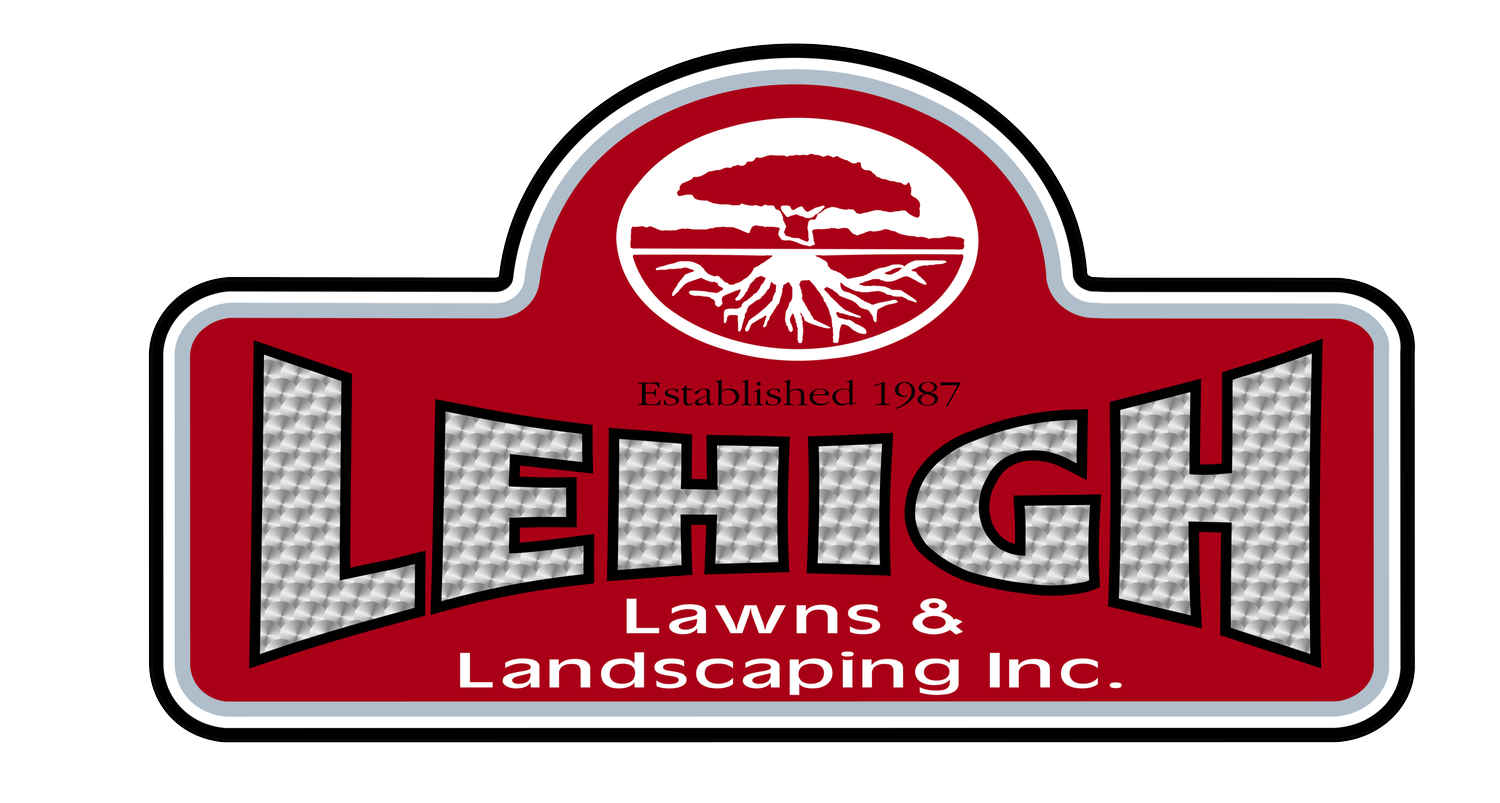How Do You Know Fertilization Is Needed for Your Lawn in the Putnam County and Westchester County, NY Area?
Many homeowners spend countless hours and large amounts of money on the upkeep of their lawns. To keep lawns looking their best, it’s important to look beyond watering and mowing, lawns require some careful maintenance, including proper fertilization. How do you know fertilization is needed for your lawn in the Putnam County and Westchester County, NY area? Here’s what to look for.
Related: When Is a Good Time to Use Fertilizer on your Chappaqua or Westchester County, NY Lawn?
Stunted Growth
A healthy lawn is a vibrant, uniform green that acts as a living carpet across your landscape. Lawns look best when they’re mowed at the right length: not too short to expose and dry out soil, and not too long that it attracts pests and disease. When consistently mowed to the right height, it’s easy to tell when grass isn’t growing enough.
Look for those areas in your lawn where the grass loses its lush density and becomes patchier. Some of the most common causes of sparse, stunted grass could include compacted soil, thatch, the wrong species of grass for that particular location. Or, the soil is depleted.
Fertilizer can jumpstart struggling grass and bring it up to par with the rest of the lawn. However, it’s vital to determine whether the cause is in fact depleted soil, and the only way to do that is to test the soil. Once a soil test determines the levels of certain nutrients, you can safely fertilize to restore the optimal growing conditions.
Yellowish Grass
The color of the grass is perhaps the most visible indicator of its need for fertilization. That green that makes lawns beautiful might be replaced with a sickly, pale yellow on some blades of grass. This is indicative of a lack of nitrogen, one of the building blocks of plant life. Luckily, this problem can quickly be fixed with some fast-releasing fertilizer, which is manufactured to be high in nitrogen and other nutrients.
The key here is moderation, and careful application of the fertilizer per the manufacturer’s directions. Failure to water properly after application can harm the blades of grass causing a chemical burn. And, less is more. Too much fertilizer can be just as harmful as too little so don’t exceed the manufacturer’s recommendations.
“Fairy Rings”
This unfortunate possibility in lawns shows that the grass is afflicted with another growth hazard: fungus. Fairy rings typically occur in a circular area with the center of the grass full of dead growth as the fungus has eaten the nutrients in that area. This will be surrounded by a ring of small mushrooms, where the supposed fairies have made their homes.
The first step to treating fungus is soil aeration to reduce moisture retention. Once the soil is breathing again, you can introduce fertilizer as a way to boost grass growth in the affected area.
Weeds
Weeds are much faster growers than most turf grasses; they are also often more resilient to environmental challenges. Weeds taking over on your lawn is indicative of soil that didn’t have enough nutrients, water, or oxygen for grass to take hold. Give your grass the upper hand by supporting its growth with a slow-release fertilizer; a thick carpet of grass will naturally be more weed-resistant than a patchy lawn.
The Takeaway
The signs of struggling grass are unmistakable. However, it’s important to find out the exact cause before you apply fertilizer. Fertilizer can do a lot to give grass a boost, but there are things it cannot fix. Test soil first, and then if warranted, give your grass a helping hand with quality fertilizer. If you still have questions, consult a lawn care professional.
Related: How Fertilization Can Jumpstart Your Landscape for Spring In Fishkill, NY and Poughquag, NY

